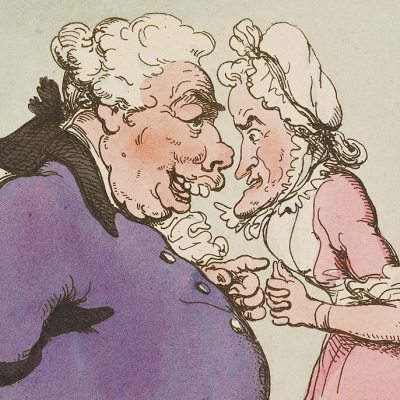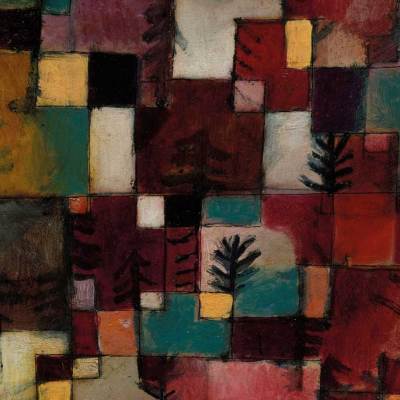We are pleased to present the shortlists for the Apollo Awards 2013 over the coming days, in advance of the release of our December issue. Every year, Apollo celebrates outstanding achievements in the art world, recognising the Book of the Year, Exhibition of the Year, Museum Opening of the Year, Acquisition of the Year and Personality of the Year. The winners and shortlisted candidates come from a 12-month period since late-October 2012 and have been chosen from nominations made by our editorial advisory panel.
The awards are intended to highlight the strength and diversity of the art world. Naturally, for every individual and institution noted here there will be others whose achievements also merit recognition. We welcome your comments and opinions below each shortlist.
We are extremely grateful to Deutsche Asset and Wealth Management for their sponsorship of the Apollo Awards 2013.
Exhibition of the Year
The best exhibitions capture the public imagination while also adding significantly to the academic understanding of their chosen subjects. Here are some of this year’s stand-out shows.
Barocci: Brilliance and Grace
St Louis Art Museum, Missouri; National Gallery, London
Federico Barocci is largely unsung as one of the great innovators of the Italian Renaissance. This revelatory exhibition placed him centre-stage, allowing exhibition-goers to look beyond his skill as a colourist and examine his wide-ranging experiments: with preparatory drawings for his large-scale religious paintings, and with the prints and oil sketches that followed and furthered them. ‘This exhibition’, wrote Sheila McTighe, ‘does a masterful job of displaying artistic creativity as a process.’ See Apollo, May.
Inventing Abstraction, 1910–1925
Museum of Modern Art, New York
This ambitious survey, encompassing some 350 works in a range of media, set out to explore how abstraction emerged as an international phenomenon in the years before and after the First World War. As such, it was an exhibition in which everything seemed admirably open to question: why did a generation of artists turn so markedly away from figuration? How far did abstraction allow artists to hold on to their local accents? And how far was abstract art a response to, or an intervention in, the political turmoil of the period? See Apollo, April.
Piero della Francesca in America
The Frick Collection, New York
Six of the seven works by Piero in American collections were on display at the Frick Collection this spring, as part of what was, astonishingly, the first monographic loan exhibition ever to have been devoted to the artist in the country. It united most of the surviving panels from the Sant’Agostino altarpiece, including the Saint Augustine, which travelled from Lisbon, and the Saint Apollonia from the National Gallery of Art, Washington, D.C. A model of a compact, intelligent exhibition. See Apollo, April.
The Springtime of the Renaissance
Palazzo Strozzi, Florence; Musée du Louvre, Paris
This monumental exhibition (until 6 January 2014) brings together nearly 150 works from the Florentine Renaissance; many returned to the city for its first leg at the Strozzi from other European and American institutions. Focusing on the primacy of sculpture in the early to mid 15th century, it includes important pieces by Donatello, Ghiberti and Desiderio da Settignano, often displayed in unusual juxtapositions with paintings or antique works. See Apollo, July/August.
Life and Death in Pompeii and Herculaneum
British Museum, London
For one of the year’s great blockbuster exhibitions, the British Museum secured the loans of a large number of outstanding archaeological artefacts from Naples. Highlights included iconic mosaics and statues, and exquisite fresco paintings from Pompeii’s House of the Golden Bracelet. There were also plenty of those poignant, everyday objects that never fail to startle us with the human tragedy of the eruption of Vesuvius, and plaster casts of both its Roman and canine victims. See Apollo, June.
Houghton Revisited
Houghton Hall, Norfolk
The sale of Sir Robert Walpole’s art collection to Catherine the Great in 1779 was regarded by the British as a national humiliation. It is a cause for celebration that so much of it should have been restored this year, even temporarily, to the building designed to house it. A third of the 203 Old Master paintings sent to Russia revisited their old home, to hang among interior furnishings by William Kent; an unprecedented opportunity to see a great collection in historical context. See Apollo, May.
Francis Bacon/Henry Moore: Flesh and Bone
The Ashmolean Museum, Oxford
Curated by Martin Harrison and Richard Calvocoressi, this provocative display (until 19 January 2014), pairs two of the titans of modern British art. Although the calm repose of Moore’s reclining figures may seem a world away from the contorted horrors depicted by Bacon, the exhibition reveals telling congruences between the two artists – in their shared fascination with Rodin, for example – and allows us to hear the mid-20th-century dialogue between painting and sculpture more clearly than ever.
Winners will be announced in the December issue of Apollo.
Click here to subscribe



